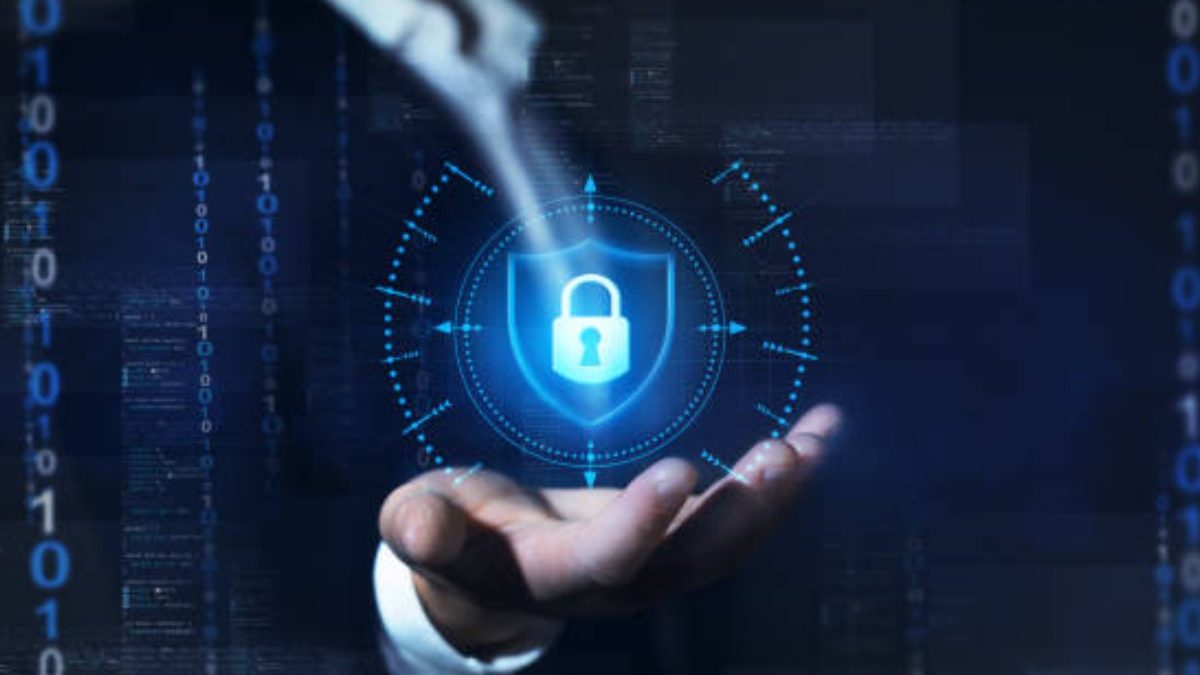SaaS Security – In the era of digitalization, it is almost impossible to find a business that doesn’t use Software as a Service (SaaS) applications. Nowadays, SaaS usage is quite prevalent and popular as they offer really good benefits to businesses. SaaS usage helps businesses store data or host applications without the need of maintaining an on-premise setup. SaaS applications are versatile, flexible, cost-efficient, and scalable. Also, businesses rapidly start using these services and pay as long as they use them. For these reasons, businesses employ multiple SaaS applications for their different needs and reduce their costs.
Despite all the benefits, there are serious concerns about SaaS usage because these applications bring a series of security risks along. Poor SaaS security puts corporate data at risk and cyber criminals exploit mismanaged SaaS applications to fulfill their malicious goals. That’s why businesses can’t overlook the importance of SaaS security, and they must take measures to secure the SaaS applications that they use. Most businesses think that securing SaaS applications is the vendors’ responsibility, but this is a big misconception. In reality, both vendors and clients are responsible for SaaS security. In this article, we will explain the best practices for SaaS security. Here’s how to secure SaaS.
Table of Contents
1- Employ Robust Authentication
Employing robust authentication tools is a necessity for SaaS security. Businesses shouldn’t rely on passwords for accessing SaaS applications because passwords can be stolen and compromised. So, businesses should implement enhanced authentication tools like Multi-factor authentication (MFA), and single sign-on (SSO). Combining these two solutions can enable robust authentication for SaaS applications.
MFA tools require end-point users to authenticate their identities at least in two ways, if not more. Depending on the client’s MFA software, authentication methods can differ. Some MFA tools might require one-time passwords (OTPs), in-app approvals, and biometric authentication while others might require security tokens, PINs, and biometric authentication. Simply, the presence of enhanced authentication tools mitigates the risks of illegitimate access to SaaS applications, and they improve SaaS security.
2- Manage Identity and Access to SaaS Applications
Enhanced Identity and Access Management (IAM) tools are required for SaaS applications. IAM tools allow businesses to police access and assign access privileges to users while authenticating their identities via MFA and SSO tools. So, businesses can control who can access which SaaS resources, and limit employees’ access within SaaS applications.
The presence of IAM tools can help businesses mitigate security risks and improve SaaS security. Also, IAM tools enable automation for onboarding and off-boarding processes. This way IT teams can assign role-based privileges and pre-assigned roles to new employees. As for off-boarding, IT teams can rapidly neutralize orphaned accounts’ access privileges so that cyber criminals can’t use these accounts to access SaaS applications.
3- Enforce Data Encryption
Today most SaaS vendors offer encryption for the data in transit. They use Transport Layer Security (TLS) to enable secure connections between client servers and the cloud and encrypt all data transfers. But, commonly they don’t offer encryption for the data at rest. That’s why businesses should encrypt the data at rest on SaaS servers. Watertight data encryption can help businesses safeguard confidential data that is stored on the SaaS servers and improve overall SaaS security. Because encrypted data will look nonsensical, irrelevant, and unreadable to all unauthorized parties. Also, if cyber criminals access the data on SaaS servers, they won’t be able to read it, and they will need to decrypt the data which will be very challenging for them.
4- Logging and Monitoring
It is essential for your organization to log all successful and failed access attempts to the SaaS applications. Also, user activities, behaviors, and any changes in data should be tracked and logged. A reputable SaaS vendor can provide in-depth reports, logs, monitoring, and data breach alerts. But, businesses shouldn’t count on SaaS vendors’ monitoring capabilities and implement extra tools to monitor SaaS applications. When using many SaaS applications, monitoring users’ behaviors and activities can be difficult. In this regard, businesses can automate monitoring procedures and lighten security teams’ workloads. To have more control to conduct audits, partial automation can be applied. This will give your security teams the ability to intervene when required.
5- Integrate Cloud Access Security Broker (CASB)
Cloud Access Security Broker (CASB) tools are an essential part of SaaS configurations. Generally, SaaS vendors’ services are built to function with CASB solutions. CASB tools can be proxy or API-based, and businesses can implement one of the two types depending on the SaaS setup. CASB tools stand between cloud and cloud service users. These tools have the capability to enforce all required security policies. Also, they include security features like malware detection, behavior and activity monitoring, access control, authentication, and encryption. By all means, CASB tools are required for SaaS applications and they can strengthen SaaS security. With CASB tools, SaaS integrations will be simpler, and these tools will help businesses improve security compliance efforts.
6- Educate Your Staff
To achieve enhanced SaaS security, your staff needs to have the proper knowledge. That’s why training your staff is a necessity. Businesses should train employees on the following topics; cyber security basics, password security, avoiding shared accounts, VPN usage, SaaS-associated cyber risks, and the main types of cyber attacks. Also, staff training can help you develop SaaS-relevant business culture. Well-trained staff will avoid harmful activities and will be more careful while working. Giving proper training to your staff will help you mitigate security risks and build a more secure work atmosphere.
Last Remarks
SaaS applications are prevalent and popular among all sizes of businesses as they offer many benefits. But, SaaS usage presents a new set of security risks to businesses. Poor SaaS security can make corporate data exploitable, and cause data breaches. Both SaaS vendors and clients are responsible for the security of SaaS applications and they must take measures to secure these applications. To achieve enhanced SaaS security, businesses can follow the SaaS security best practices that are mentioned above.

